The Vintage Natural Diamond Jewelry on Everyone’s Wish List
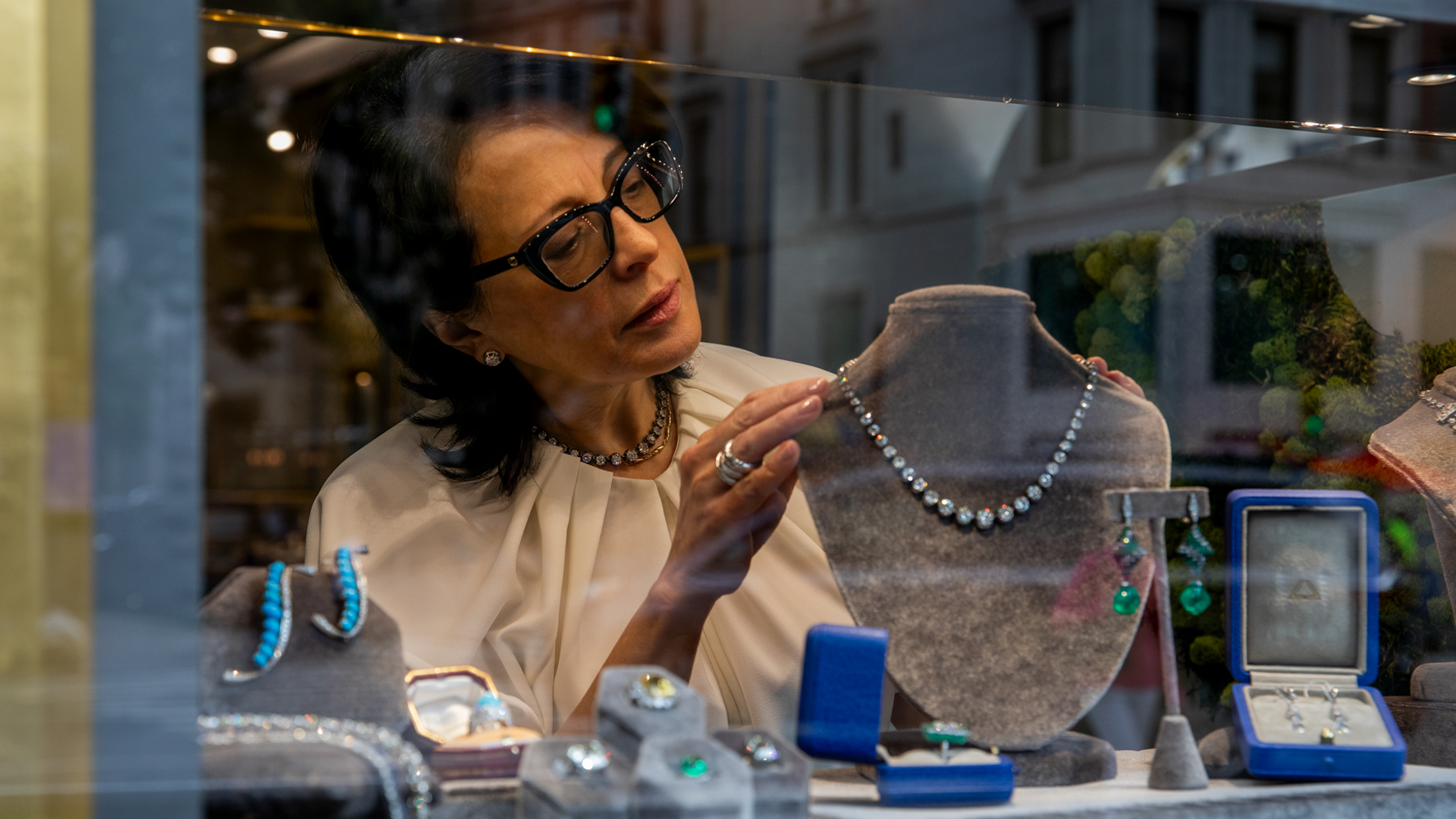
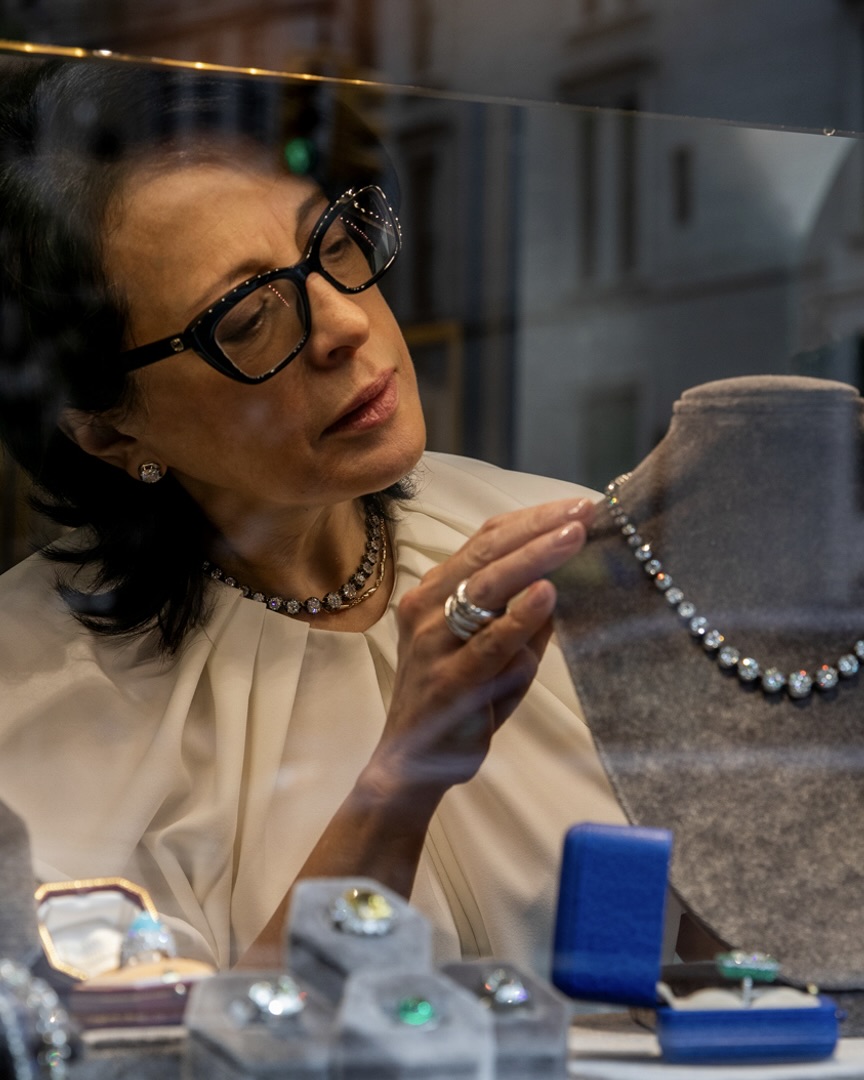
If Rebecca Selva wins the lottery, she already has her dream jewels selected: a vintage diamond riviere necklace and Suzanne Belperron’s triple row diamond bracelet. “They are so pure, so beautiful and effortlessly glamorous,” says Selva, Creative Director of the legendary Fred Leighton estate and contemporary jeweler in New York.
During her 30 years at Leighton, Selva has handled the most exceptional period pieces representing every era but, as she is quick to point out, “it’s not old jewelry.”
“Something this beautiful is timeless and chic,” she says.
Both celebrities and their stylists have Selva on speed dial: She’s the one they call when they want to shake things up on the red carpet and express a sense of individuality, or simply want stylishly beautiful jewels. She’s also showing younger people, including Billie Eilish and Emma Stone, that vintage jewelry can be cool and playful.
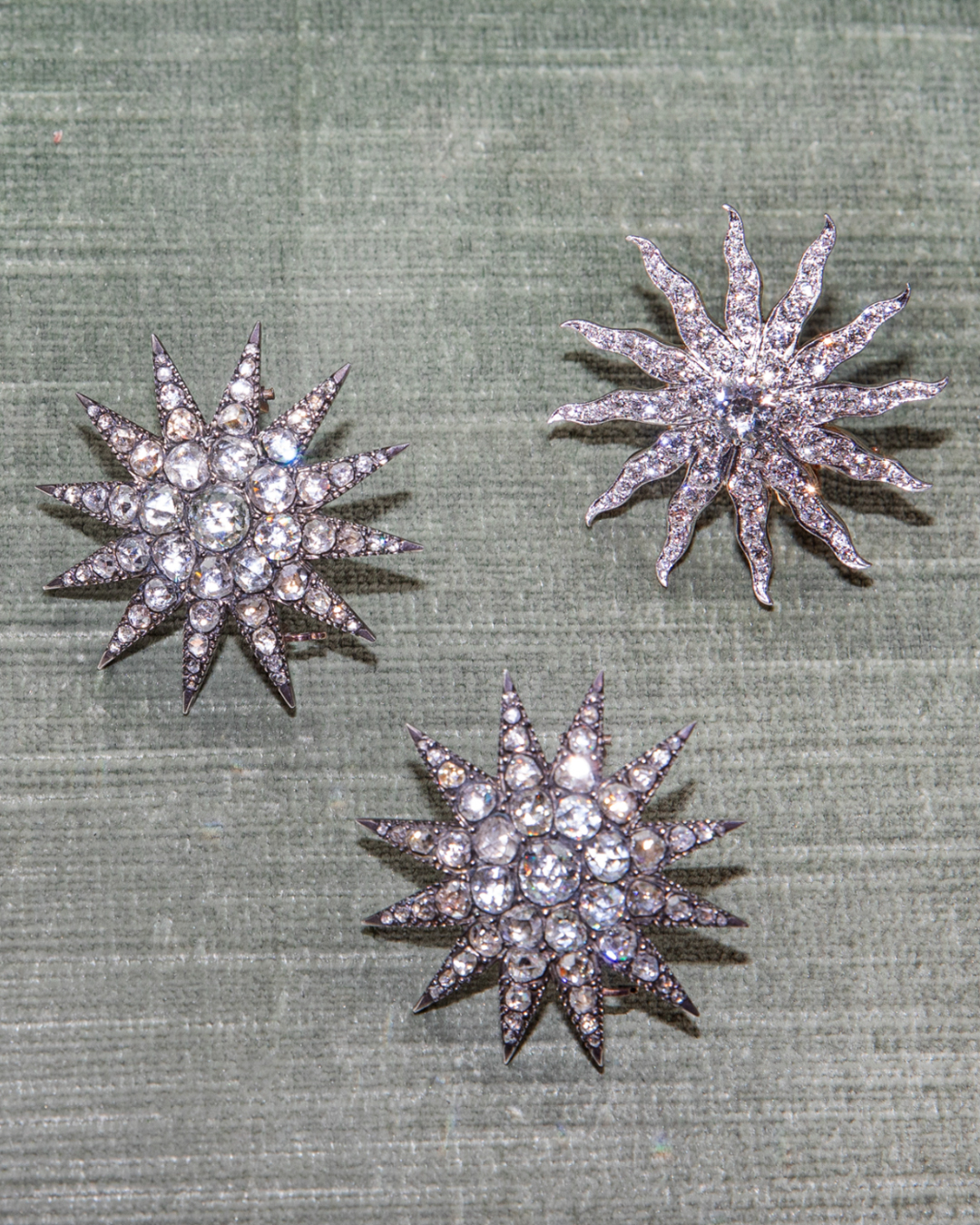
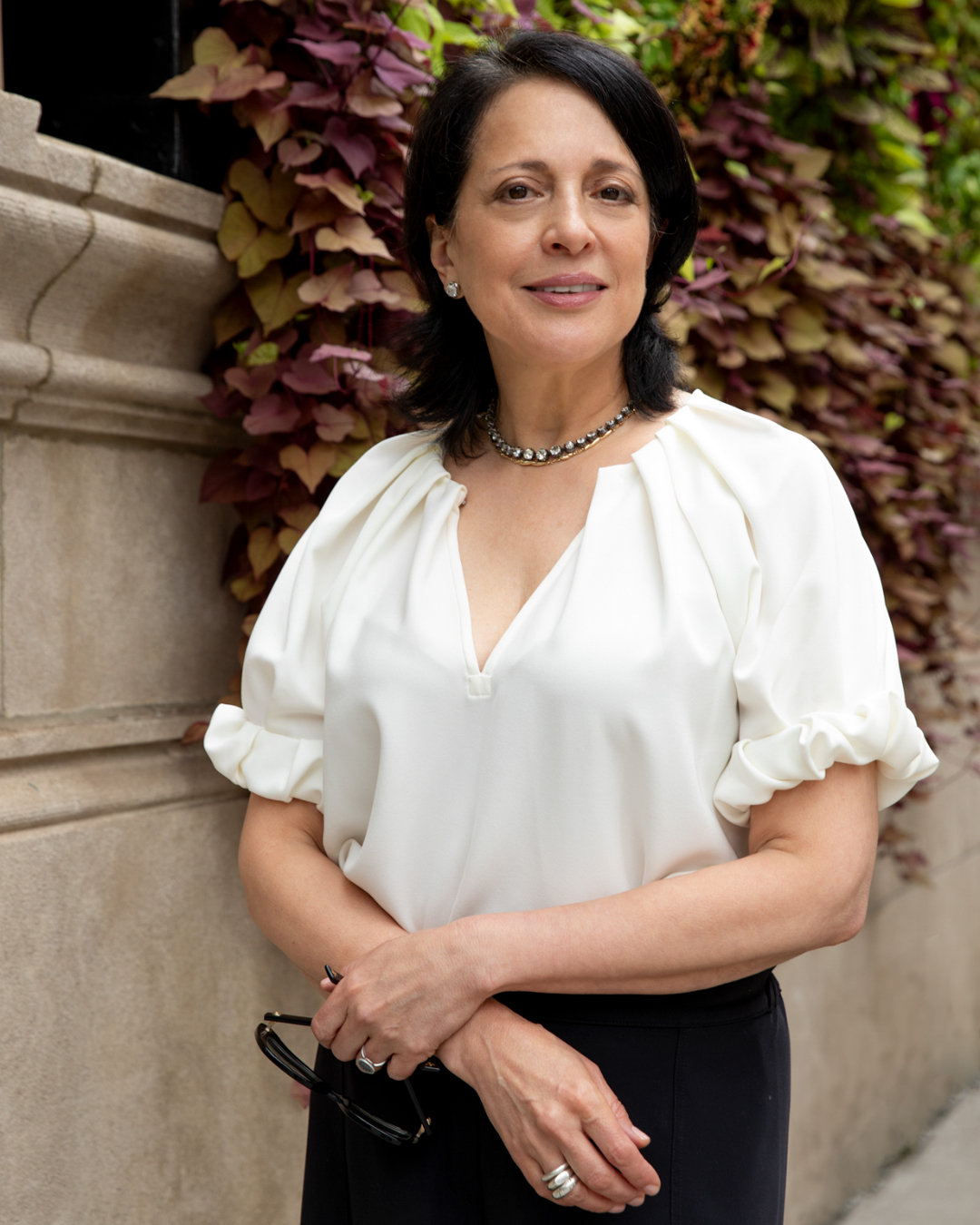
What’s more, Leighton does not pay celebrities to wear their jewels. While most of the big jewelry houses pay top dollar to get their pieces on the red carpet, celebrities turn to Selva for her artistic vision and curated selection—no charge.
Leighton’s carefully curated collection features a mix of the best brands, from Cartier to Bulgari, and unique unsigned pieces. It’s never about the price point or the biggest stone; it’s always about the overall design: something with charm, character or a “wow” factor.
From Egyptian Revival pendants to elegant tiaras, Fred Leighton’s stores in New York and Las Vegas are a jewelry lover’s fantasy—a place to discover, a place to learn and to have fun. And usually, Selva is on hand to guide clients in finding the perfect piece that speaks to their style.
Here, Selva dishes on her favorite vintage diamond jewelry pieces, red carpet moments, and how to restyle your grandmother’s brooch.
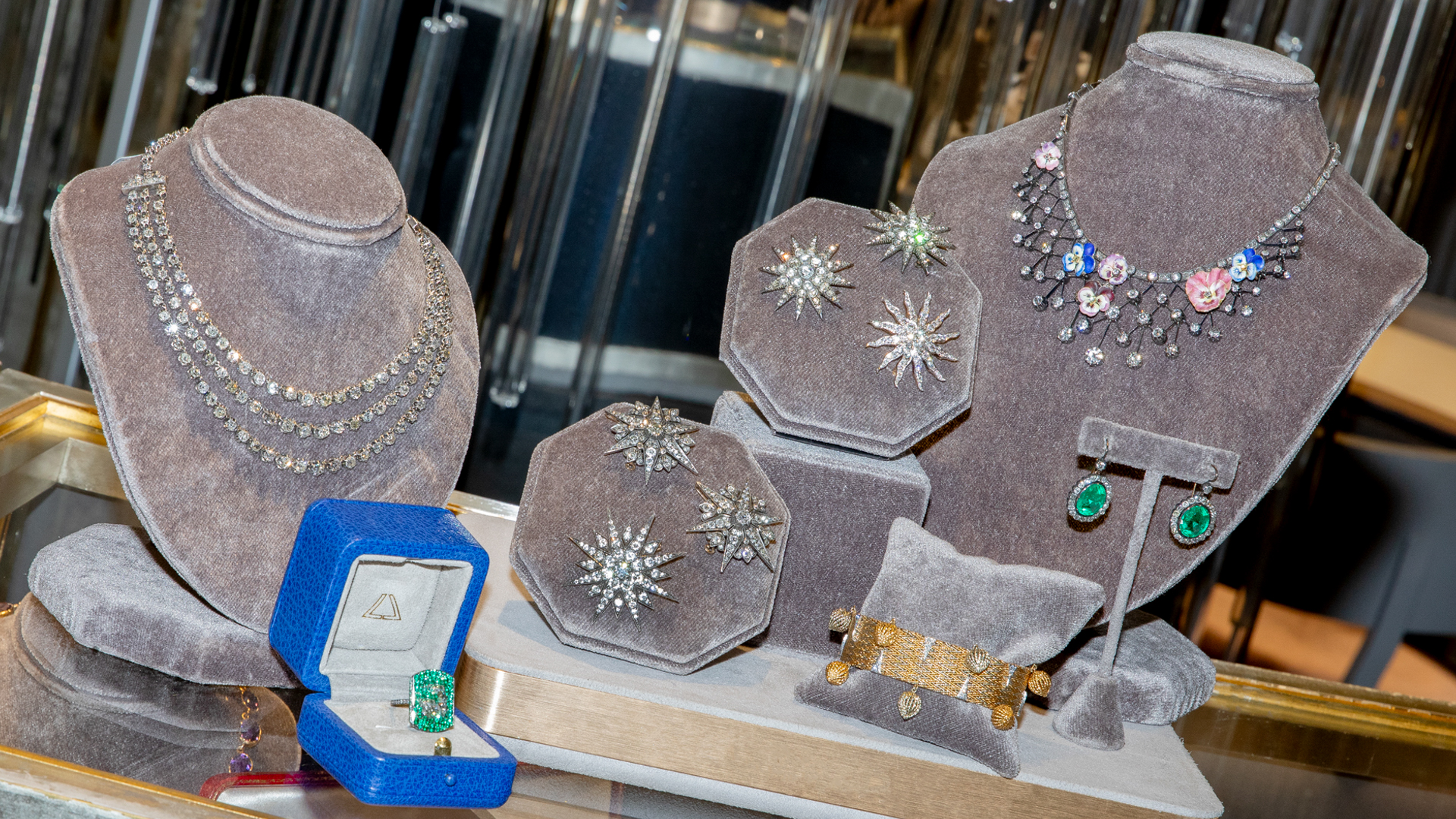
Only Natural Diamonds: Why are more and more young people interested in vintage diamond jewelry?
Rebecca Selva: We are in an age of recaptured individuality. People want to express their own style and create their own stories. Vintage diamond pieces are a great way to tell your story; they have tremendous character, and each is so unique. Sustainability is also important, and people like to know that these pieces had another life and will live on.
OND: Most in-demand vintage diamond jewelry today?
RS: A beautiful 19th century riviere necklace is something that sells again and again. It’s an example of true timeless beauty. It’s effortlessly elegant.
OND: Best period for diamonds?
RS: I love late 18th century and early 19th century old mine cut diamonds. They are beautiful, sumptuous and have tremendous fire because they have these larger facets that reflect the light. The designs from that period were also beautiful and alluring, like the en tremblant diamond flowers and beautiful diamond fringe necklaces.
OND: Your first jewelry love?
RS: My first love is Pierre Sterle (1905-1978). In 1992, when I walked into Fred Leighton for the first time, I saw a Sterle carved mother of pearl and sapphire brooch. I was struck by the artistry of the design.
OND: What made you leave a career in banking and come to jewelry?
RS: I designed a piece of jewelry for myself, and it got noticed so I made more pieces with old colonial coins. That led me to rethink my career in private banking. I went back to school at FIT (Fashion Institute of Technology) to study jewelry design. After graduation, I met with Fred Leighton, and he hired me.
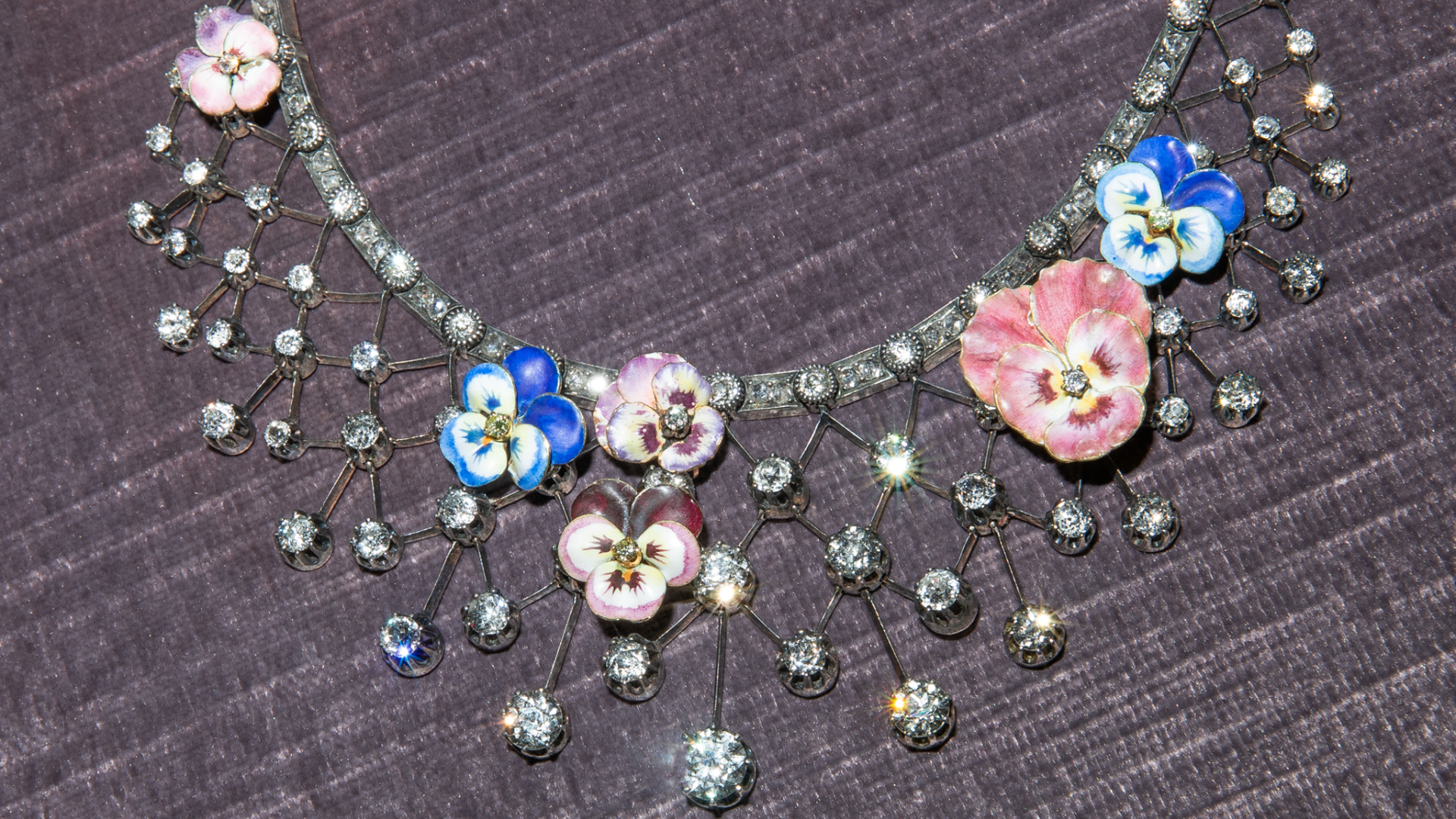
OND: How does the red carpet influence younger people’s jewelry choices?
RS: When you have Billie Eilish at the Oscars walking the red carpet in a Gucci dress and our 19th century diamond star rings and earrings, it couldn’t look more cool, more relevant and more beautiful. And that opened people’s minds.
[For Eilish’s 2022 Oscars outfit, Selva took apart a diamond tiara and set the stars in rings and earrings that the singer wore.]
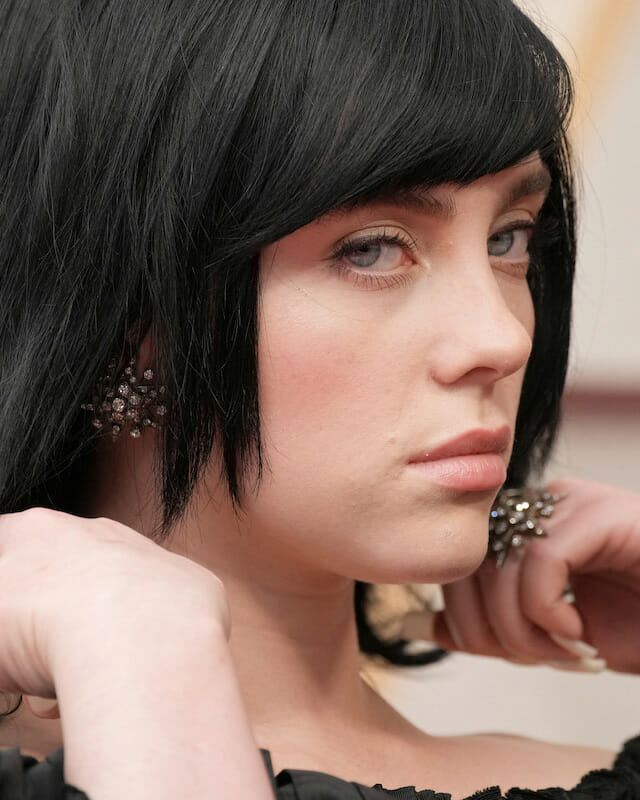
OND: Favorite red carpet moment?
RS: We have so many memorable moments. The jewelry comes to life when it’s on people. One that stands out is when Taraji P. Henson walked the red carpet for her first major event wearing a Roberto Cavalli dress and a 19th century diamond flower necklace at the 2009 Oscars. Here was this beautiful young, new star who made the 19th century part of her story. And walked that red carpet like she owned it.
Also, when Kirsten Dunst was nominated for The Year of the Dog (2022), I couldn’t have been prouder, happier, or more honored to be with her when she left her house wearing our Pierre Sterle diamond earrings. There’s always a lot of pressure on what to wear, and it was her choice.
OND: Fred Leighton’s best signature pieces?
RS: Our Fred Leighton earrings created with old diamonds that we set in classic antique silver and gold collets are still bestsellers. We were one of the first to remake this style because we would find these beautiful diamond riviere necklaces but didn’t have the earrings to match, so we made them with old cushion cuts and old mine cuts.
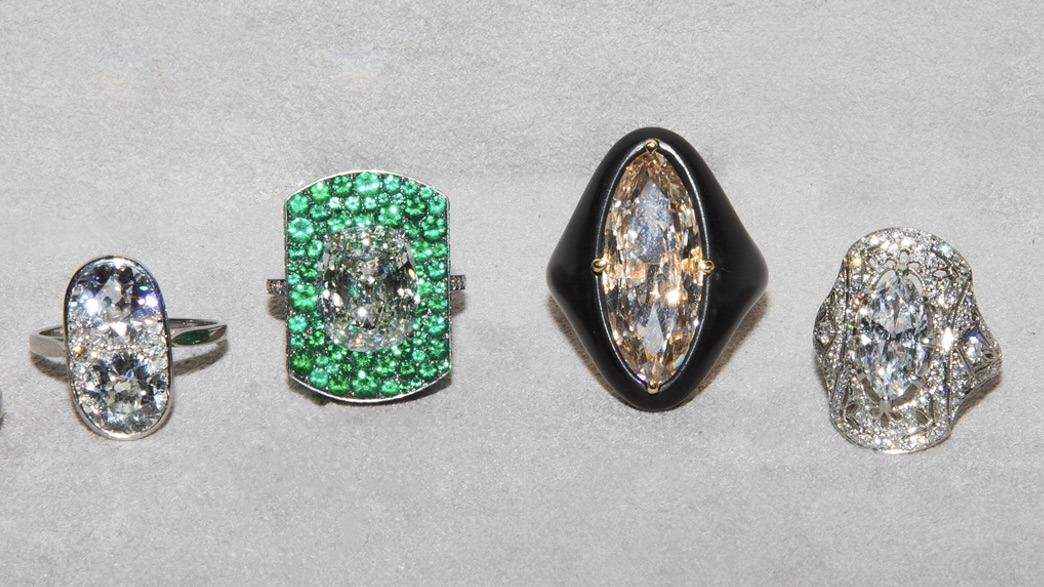
OND: Advice on reimagining jewelry?
RS: Jewelry has always been reimagined and remade into new pieces. Even many of the French Crown jewels were made with stones from earlier pieces. It’s part of the natural journey of a piece of jewelry. If you love your mother’s brooch but don’t wear it, you can attach it to a velvet choker, put it on a simple cord and wrap it around your wrist or pin it on your waist. It doesn’t have to be complicated.
OND: How has jewelry styling changed?
RS: Our lifestyle today is about wearing jewelry effortlessly and with ease. When Greg [Greg Kwiat, CEO of Kwiat, which owns Fred Leighton] and I look for jewelry, we always think about how someone will wear it. That’s why great classics, like a retro gold link bracelet or a diamond riviere, are in demand. Find your power bracelet, your power ring, something you love, something that makes you feel good and that you want to wear all the time.
OND: What should people look for in vintage diamonds?
RS: The perfection lies in the imperfectly hand-cut stones. Maybe not perfect by today’s standards, but certainly beautiful. When you see the intricate workmanship of early 19th century pieces, you see the dedication to creating something beautiful. Look at the overall design of the piece, and the sparkle of the stone, and buy what speaks to you.
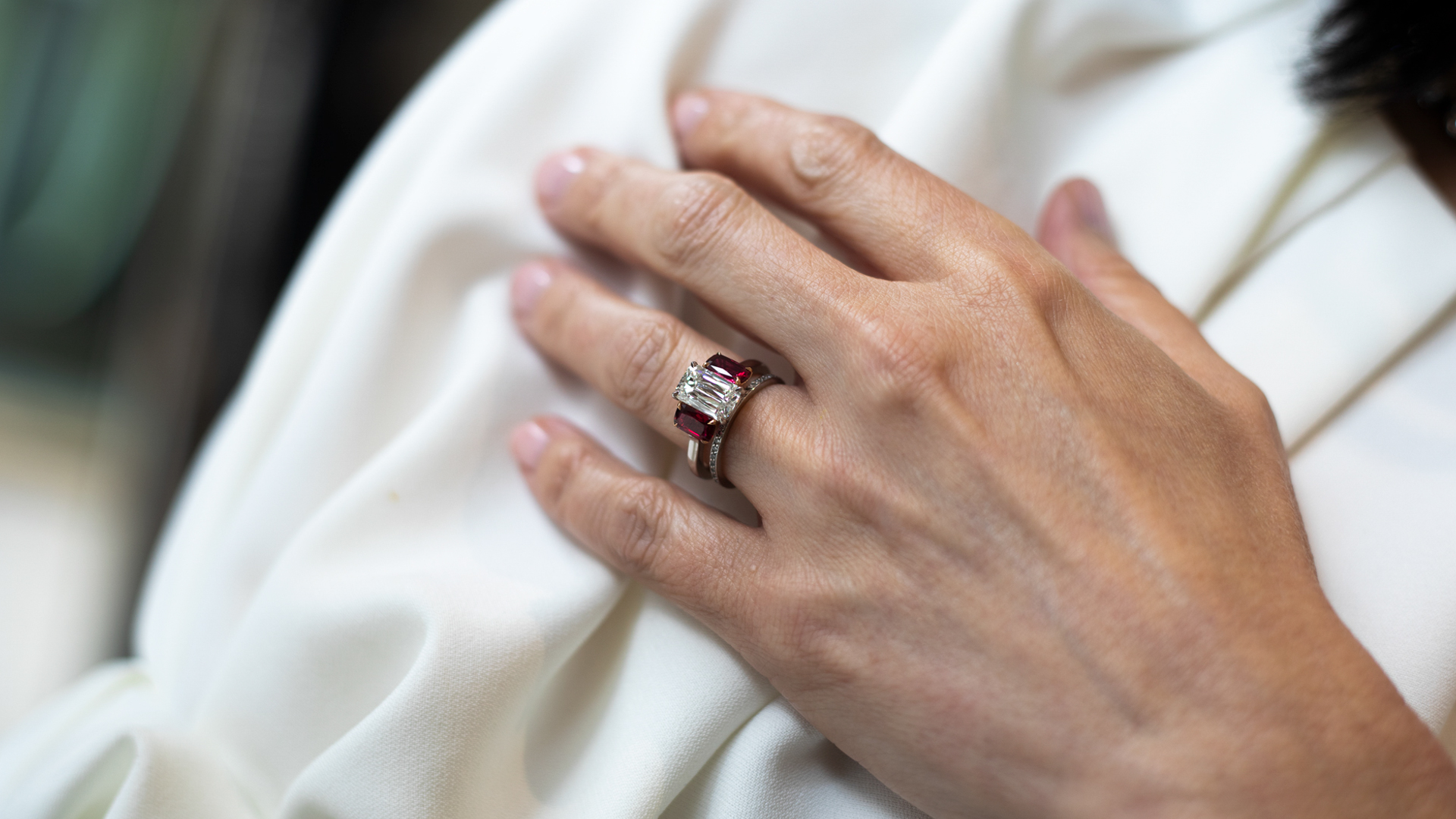
OND: Where do you find the vintage jewelry for the store?
RS: We travel to Europe, shows, visit clients and many private clients come to us. Some old clients’ lifestyles have changed so they aren’t wearing their pieces, and we are happy to see jewelry come back and find another home.
OND: What’s the best part of working with vintage jewelry?
RS: Vintage jewelry invites creative play. There are so many design movements, from Etruscan and Egyptian Revival to Georgian, Victorian and Art Nouveau. You have this incredible universe of designs; it’s not one thing. That invites you to play, to mix it up, to discover your own style.
OND: After 30 years, how do you stay excited about vintage jewelry?
RS: There is always something new to discover, something amazingly beautiful. Also, I have amazing clients who I have worked with for 25 to 30 years, and they still have a desire to keep discovering and buying jewelry. They keep me excited. A lover of jewelry is a lover of jewelry. And that never goes away.
